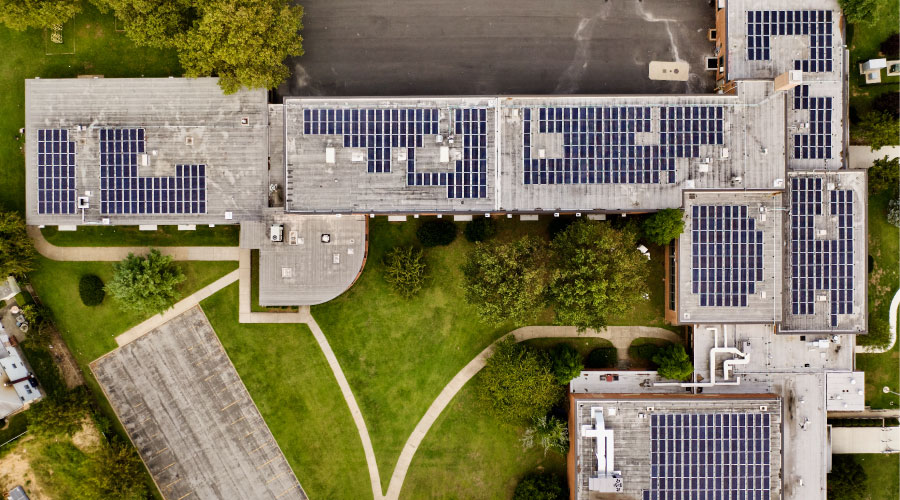Post-Installation Questions When Planning Roofing Projects
During preparations for the roofing project, managers must also develop a post-installation maintenance plan to ensure the roof's performance matches the long-term expectations of the organization.
Inspections — most manufacturers recommend twice yearly, in spring and fall, as well as after any severe weather — and routine repairs are among the top issues managers need to address related to the post-installation phase of the project.
"Maintenance is an important area of responsibility," Berg says. "Most manufacturers have a published roof maintenance program that can assist a building owner or their maintenance personnel with this as all roofs require regular inspections and periodic maintenance to achieve their expected life."
Still, managers need to address any additional issues specific to their facilities.
How does the contractor handle post-installation maintenance of the new roof?
"There are a few different characteristics to look for when it comes to choosing a contractor to maintain your roof," Impellizeri says. "One is whether the contractor has a dedicated team focused on maintenance versus splitting this responsibility within their production group. Contractors who have a dedicated team tend to have more of a focus on maintenance and are better established to provide this service. You should also ask for a copy of a completed maintenance inspection report so you can not only get an idea of what they are going to check for on your roof, but also get a good indication of the quality of their work. Reports should include before-and-after photos and comments explaining each issue."
Can in-house workers make small, routine repairs to roof components?
"Maintenance repairs or routine repairs should be made by qualified individuals," Berg says. "Repairs should be performed as soon as needed. Owners should not allow a nuisance leak to develop into a major program, degrading insulation and destroying a large portion of a roof assembly. In some emergency situations, owner-applied temporary patches may be made to stop leaks to minimize property loss. Except for certain emergency situations, owners should not attempt roof repairs. The puncturing of a blister or the spreading of a liquid-applied coating or bituminous cement may only cover up evidence needed to ascertain the real problem."
What steps can I take to help extend the roof's performance life?
"One of the keys to avoiding roof damage is limiting access to the roof," Berg says. "Allow only authorized personnel on the roof who understand good roof access procedures and precautions. Bag and remove all debris from the roof, and keep grease and oil off it. Clean and remove any liquid deposits immediately, and do not allow foot traffic in very hot or very cold weather. Do not allow the installation of television or radio antennas, satellite dishes, or other mechanical equipment without notifying the respective manufacturer for approval and for consultation about the methods and details for these installations."
Related Topics:













